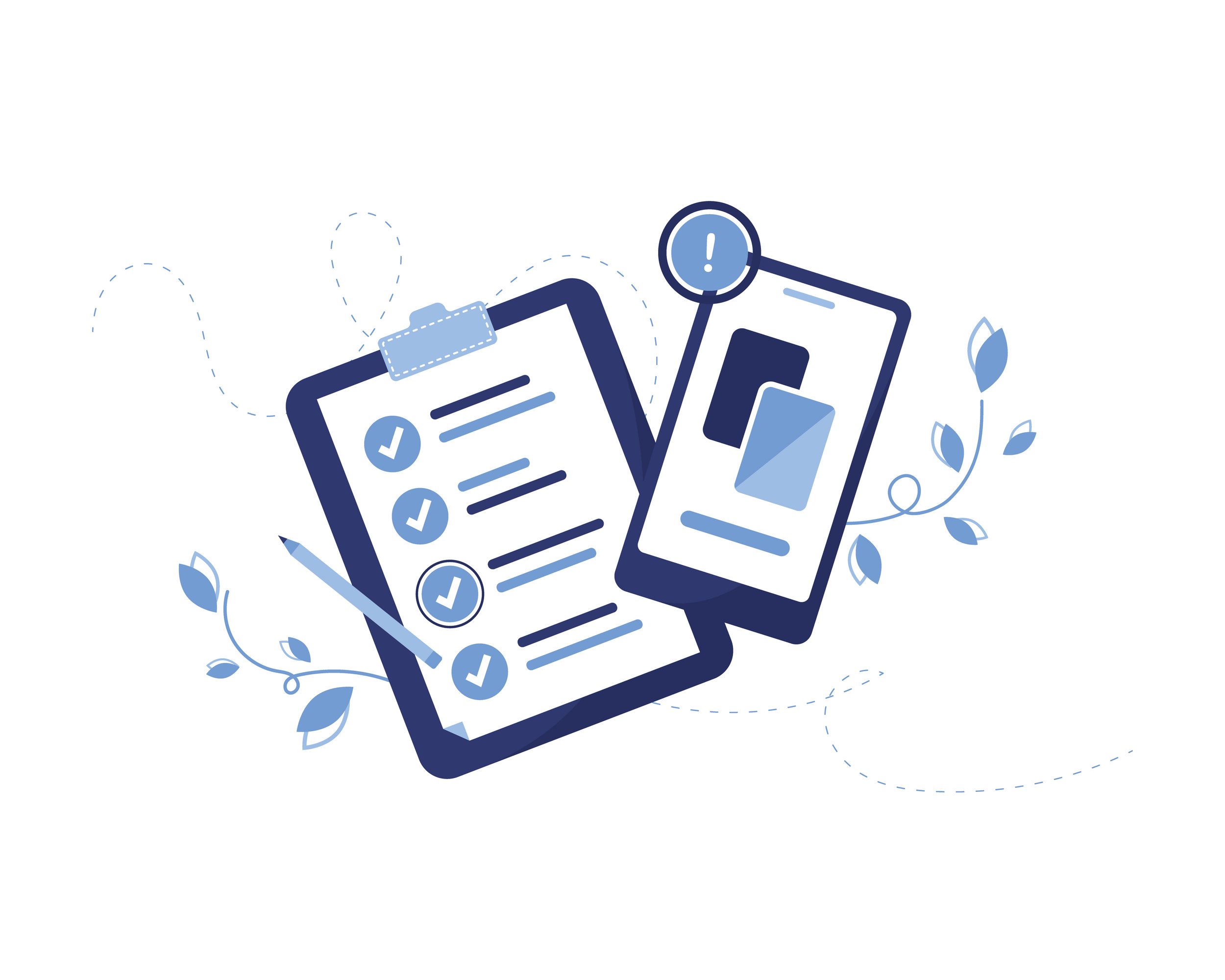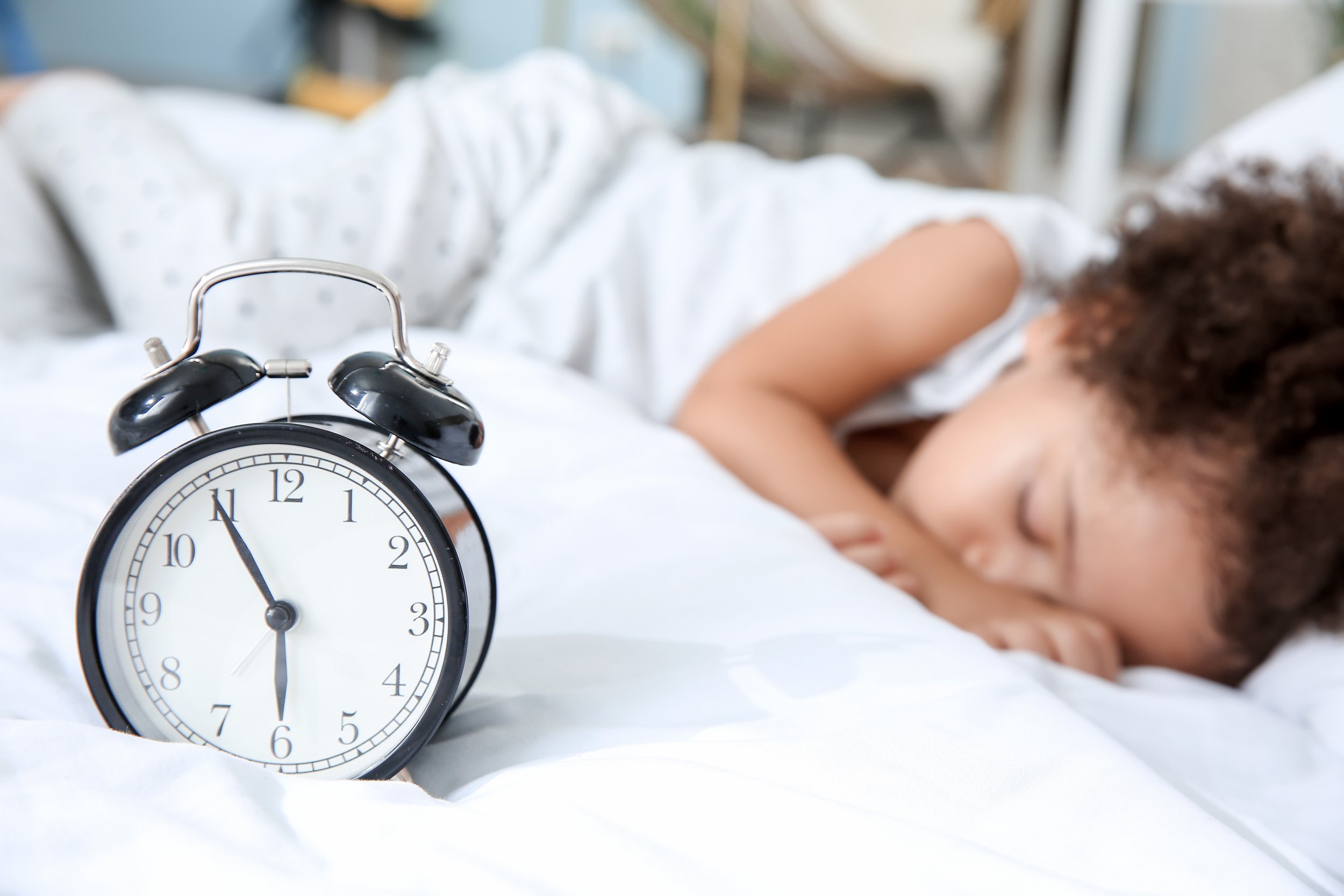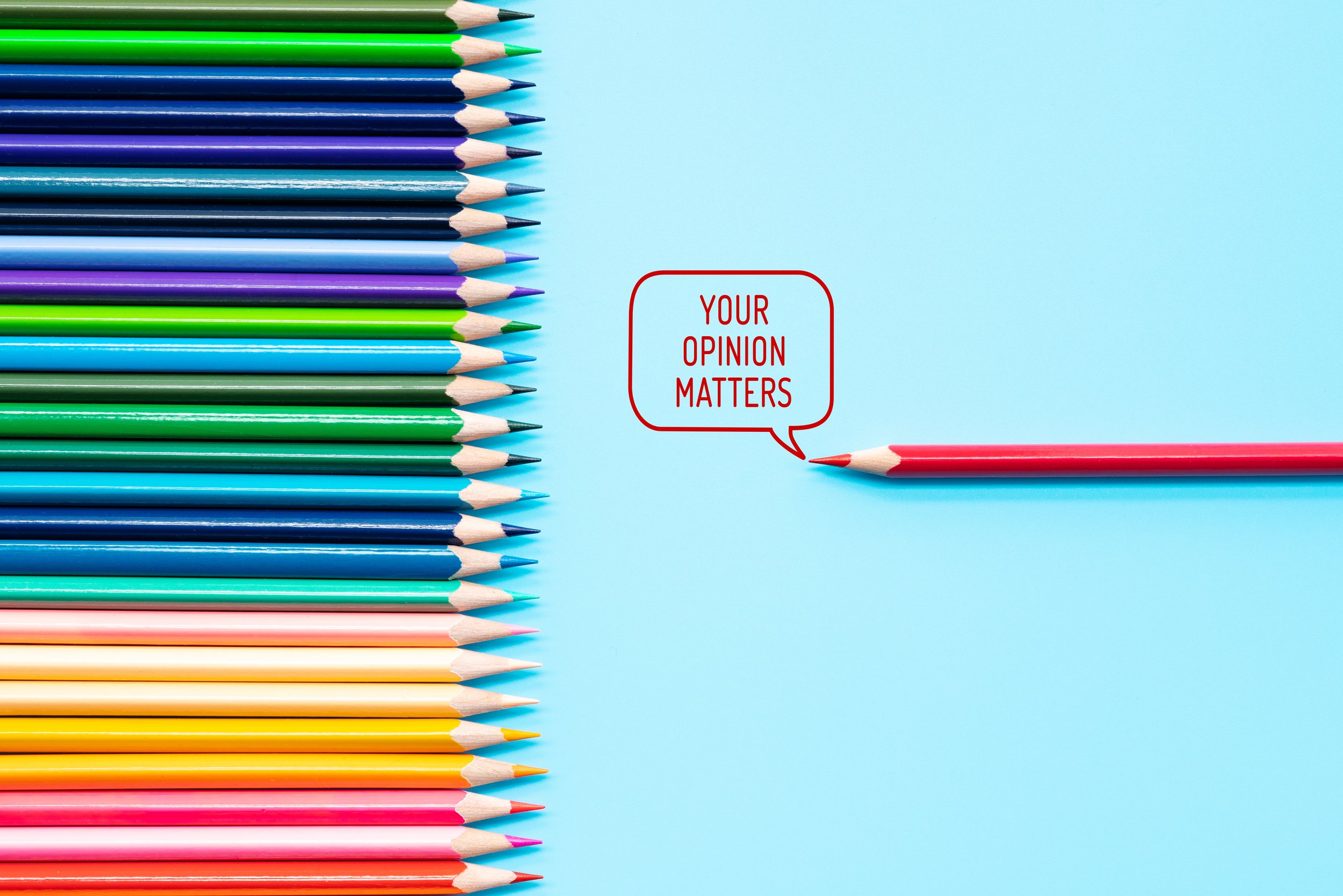Want to Add Pediatric Sleep to Your Research? Consider the Sleep PHDs
All pediatric research participants (from infants through adolescents) have something in common, they sleep. Every. Single. Day. It is time to consider the role that sleep may play in your research.
By the age of 18 years, children should have spent 40% of their lives sleeping. Sleep impacts every aspect of child health, well-being, and development. Don’t you think that warrants you adding measures of sleep into your research?
As a non-sleep researcher, it may seem daunting to integrate sleep into a study that already has too many measures or questions. But I can guarantee, sleep is playing a role in your study, as a predictor of your outcome, as a mediator or moderator of the associations you are studying, or as an outcome of your intervention.
This article focuses on three primary areas of sleep research questions/outcomes (the Sleep PHDs). This is followed by a brief discussion of validated subjective and objective measures of sleep, as well as basic questions you could add to ongoing or new research studies to start exploring pediatric sleep.
The Sleep PHDs
You may think of a Ph.D. as a doctor of philosophy degree, and many psychologists or other scientists with Ph.D.s can assist you with research design and analyses!
However, the Sleep PHDs are sleep Patterns, sleep Habits, and sleep Disorders.
These three broad areas cover all aspects of pediatric sleep health. More importantly, this conceptualization allows you to hone in on the specific research question that may be of interest to you.
Sleep Patterns
Sleep patterns is a broad term that includes three primary areas of interest to researchers.
Sleep Duration
Sleep duration is how many hours a child sleeps at night (although some studies do include 24-hour sleep duration, especially when considering younger children). Sleep duration has been the most commonly studied variable, and has been both associated with, and identified as a cause of, health outcomes, including obesity, mood, and performance.
Sleep Timing
Sleep timing is the placement of sleep across a 24-hour day. This includes the time a child goes to bed (bedtime), what time they wake up (wake time), and the time of naps. Consistent sleep timing is important to ensure sufficient sleep duration, as well as high quality sleep. For example, a recent study found that sleep regularity, or the consistency of sleep-wake patterns, is associated with adolescent behavioral health and psychosocial functioning.
Sleep Quality
Sleep quality is how well someone sleeps. We often think of sleep quality in terms of a person’s report that their sleep is “good” vs. “poor.” However, these terms are not well-defined, and the subjective nature can make it tricky in pediatrics if you are relying on parental report.
Sleep efficiency is a more quantifiable way to capture sleep quality. This metric reports the ratio of a child’s sleep duration to time spent trying to sleep. In order to calculate sleep efficiency, you must know the child’s actually time spent trying to sleep (time in bed), how long it takes the child to fall asleep (sleep onset latency), and how long the child is awake during the night (wake after sleep onset).
For example - a child spends 10 hours in bed trying to sleep, takes one hour to fall asleep, and is awake for one hour in the middle of the night. If you divide the child’s 8 hours of actual sleep by the 10 hours trying to sleep, you get a sleep efficiency of 80%.
Sleep Habits
Sleep habits, or sleep hygiene, are behaviors and environments that promote (or interfere with) sleep. Here are a few of the most commonly studied sleep habits.
Bedtime Routine
Evening activities, especially those that lead up to bedtime, can greatly impact sleep. A consistent bedtime routine is critical at any age, and may contribute to different parts of development.
Caffeine Use
Caffeine use is common, from toddlers through adolescents. However, it is recommended that children under 12 years do not consume caffeine, and adolescents 12-17 years limit caffeine intake to 100mg per day, caffeine use is common. Because caffeine has a half-life of 4-6 hours, poorly timed caffeine can have a significant impact on sleep.
Electronics
The use of electronics in the hour before bed can interfere with sleep onset. However, a recent study suggests that all electronics use is not equal. So not only is it important for research to learn more about the presence and use of technology prior to sleep onset, but what the technology is being used for.
Sleep Disorders
Sleep disorders include a number of different problems experienced by children and adolescents. Many of these will be beyond the scope of your research (especially if you are new to the field). But here are a few of the most common pediatric sleep disorders that could be playing a significant role in how well or how much sleep your research participants are getting.
Insomnia
Insomnia is defined as difficulties falling asleep, staying asleep, or waking too early. In pediatrics, it is critical to remember that these symptoms must occur within an age-appropriate sleep opportunity.
Delayed Sleep-Wake Phase Disorder (DSWPD)
DSWPD is a circadian rhythm disorder that is characterized by a habitual delayed sleep-wake timing, usually more than two hours relative to socially acceptable timing. To some degree, most adolescents have a delayed sleep-wake phase, with the timing of the circadian rhythm delayed 1-2 hours with puberty. However, a teen with DSWPD is typically physiologically unable to fall asleep until at least 2:00 am (and usually even later). But if they go to bed at this later time, they will fall asleep easily and have no problems with sleep.
Obstructive Sleep Apnea (OSA)
OSA occurs in about 1-4% of children, and is caused by an obstruction of the upper airway (most commonly enlarged tonsils and/or adenoids). The obstruction causes apneas (pauses in breathing). In OSA, apneas are accompanied by a drop in oxygen saturation, and then followed by an arousal. Together, this results in daytime sleepiness, despite sufficient sleep duration.
Restless Legs Syndrome (RLS)
RLS is a clinical complaint of (1) discomfort in the legs or the urge to move the legs; (2) the discomfort or urge occurs primarily at night, making it difficult to fall asleep or return to sleep; and (3) the discomfort is alleviated with rubbing or movement. RLS impacts around 2-6% of children and adolescents, and 18-26% of children with ADHD.
Research Measures
The following section briefly describes different subjective and objective assessments of sleep that can be integrated into research.
Subjective Assessment of Sleep
There are over 300 questionnaires that measure sleep in children and adolescents. The most commonly used ones are reviewed in this chapter. But here are a few of my favorites.
PROMIS Sleep Disturbance and Sleep-Related Impairment Item Banks
The Patient-Reported Outcome Measurement Information System (PROMIS) provides a way to quickly assess different aspects of health-related quality of life. The Pediatric Sleep Disturbance (SD) and Sleep-Related Impairment item banks are great for research because they are self-report measures for children 8-17 years, with parent-proxy versions for children 1-7 years. In addition:
They are brief (as little as four questions each)
They were developed using rigorous methodology (you can read more here and here)
Each measure gives you a standardized T-score, which has been validated and normed on a national sample of children and adolescents
Pediatric Sleep Practices Questionnaire (PSPQ)
The PSPQ was developed and validated alongside the PROMIS measures. With just 11 self-report items, you can measure sleep patterns and sleep habits in children 8-17 years, with a parent-proxy version for children 5-7 years.
Brief Infant Sleep Questionnaire (BISQ)
This BISQ was developed to be a screening tool for research, with 8 items focusing on sleep patterns and sleep habits in infants. An expanded version for toddlers (up to 36 months) has been used in large international studies.
Children’s Sleep Habits Questionnaire (CSHQ)
The CSHQ is one of the most widely used measures of pediatric sleep. It was designed to be a clinical screener of medical and behavioral sleep disorders in children ages 4-10 years. It has been validated in toddlers and preschoolers and has been translated into different languages. With 33 items, it is a bit longer than the previous measures, but includes information about all three Sleep PHDs.
School Sleep Habits Survey (SHS)
The SHS is another widely used measure, but for adolescent sleep. This 45-item self-report measure reports on sleep patterns and sleep habits, and has been used in large population studies.
Sleep Disorders Scale for Children (SDSC)
The SDSC was developed as a clinical screener, but is useful to assess for sleep patterns and sleep disorders, including insomnia and OSA.
Too Much? Just Want a Few Questions? No Problem
If sleep is not a primary outcome, you can assess the Sleep PHDs using just a handful of questions. Although we all know that this is not as good as a validated questionnaire, if you are new to sleep research, or want to do include sleep questions to explore a new hypothesis, these questions are better than nothing!
Here are examples of individual questions for the Sleep PHDs reviewed in this article. (note: the following questions can also be asked to parents about the child, and whenever possible should include both weekdays and weekends)
Sleep Patterns Questions
How many hours of sleep do you get on a typical weeknight?
What time do you go to bed and wake up on a typical weekday?
Was your sleep last night: great, good, okay, poor?
Sleep Habits Questions
Do you have a consistent bedtime routine?
What is the latest time that you have caffeine on a typical weekday? (could also ask about amount of caffeine on a typical weekday, or even just do you consume caffeine)
Do you use electronic devices within 30 minutes of bedtime? (or 60 minutes, or you could ask what type of devices or for what purpose they use device since most kids and teens do use devices prior to bedtime)
Sleep Disorders Questions
Do you have trouble falling asleep, staying asleep, or waking too early in the morning?
If you go to bed later, do you fall asleep faster?
Do you snore?
At bedtime or in the middle of the night, do your legs bother you or make you feel like you have to move or rub them?
Objective Sleep Assessment
Polysomnography (PSG)
Overnight PSG includes multiple channels of measurement, capturing electrical activity of the brain (EEG), eye movements (EOG), and muscle activity (EMG). PSG is considered the gold standard measure of sleep.
PSG is best used if:
You want to screen for OSA or sleep disordered breathing
You are interested in sleep stages (e.g., REM and non-REM sleep)
PSG is not a good measure of sleep patterns or sleep habits because:
Most pediatric PSGs are done only in sleep labs, which is expensive and inconvenient for many families.
It provides only a single night of sleep assessment
It requires multiple leads to be stuck to the child’s head, face, and body, which can be uncomfortable for the child
It is not a typical night of sleep
Actigraphy
An actigraph is a wrist-watch sized device that estimates sleep-wake patterns for extended periods of time in the child’s natural sleep environment. Actigraphy uses accelerometry to capture movements, and has been validated against PSG.
Actigraphy is best used if:
You want to objectively assess sleep-wake patterns for 7-14 days
Your outcomes include sleep duration, sleep timing, and sleep efficiency
Actigraphy is not recommended if:
You have a limited budget (devices can cost between $400 and $1000 each, in addition to software, interfaces, and other supplies)
Your study population has sensory issues that would prevent them from wearing the device
You need to rule out OSA
You are interested in sleep habits
As a reminder, every research participants sleeps, and it is not difficult to integrate sleep into your research. So come to the dark side and start studying the Sleep PHDs!!
If you don’t know where to begin, or are interested in learning more about different measures you could use in your research, please schedule a free consult to discuss how Nyxeos can support your research planning, measurement, and implementation.








